PROTECT YOUR DNA WITH QUANTUM TECHNOLOGY
Orgo-Life the new way to the future Advertising by AdpathwayToday’s guest is Jay DeMayo, Jay is the longtime strength coach for men’s basketball at the University of Richmond and the founder of CVASPS—the Central Virginia Sport Performance Seminar. He’s known for connecting top minds in sport science and coaching, and for his practical, athlete-first approach to physical preparation.
Where the emphasis of an athletic performance program can easily be centered from a narrow perspective, Jay considers a wide variety of inputs, from an athlete’s underlying structure and positional abilities to their perception of workout adjustments, to specialized exercises and technical training elements.
In this episode, Jay digs into the principles he uses to prepare athletes for the demands of the game. From a foundational perspective, he discusses building work capacity and progressing split squats. On the power side, he shares his take on Olympic lifts and French Contrast training, while also addressing the role of autonomy and individualization in his approach. Throughout the show, Jay unpacks practical tools and coaching strategies that drive long-term athletic development.
Today’s episode is brought to you by Hammer Strength.
Use the code “justfly25” for 25% off any Lila Exogen wearable resistance training, including the popular Exogen Calf Sleeves. For this offer, head to Lilateam.com

Podcast: Play in new window | Download () | Embed
Subscribe: Apple Podcasts | Spotify | Amazon Music | Android | Pandora | iHeartRadio | JioSaavn | Podchaser | Email | Deezer | Anghami | Youtube Music | RSS
View more podcast episodes at the podcast homepage. (https://www.just-fly-sports.com/podcast-home/)
Timestamps
8:21– Tailoring Training Methods for Athlete Engagement
11:01– Unveiling Louis Simmons’ Strength Training Insights
14:24– Enhancing Basketball Players’ Performance Through Tailored Training
21:37– Personalized Exercise Selection for Enhanced Performance
27:55– Engaging Exercise Progressions for Effective Training
30:22– Mastery of Bottom Position for Exercise Gains
34:49– Empowering Athletes through Autonomy and Structure
40:02– Enhancing Lift Performance through Positioning Techniques
49:28– Maximal Expression Circuit Training with Olympic Lifts
59:19– Hormone Spikes in Squat Training
1:14:38– Tailored Stimuli for Optimal Physiological Response
1:17:31– Strength-Speed Emphasis in Athletic Training Program
Actionable Takeaways
Tailoring Training Methods for Athlete Engagement [8:21]
Let’s stop clinging to strict, textbook methods. Jay reflects on how older training styles—like Westside—can still have value when creatively repurposed. It’s not about mimicking those programs but about borrowing what drives athlete engagement and technical mastery today.
What to try:
-
Use methods like box squats to teach depth and posture before progressing to more dynamic movements.
-
Connect the dots for athletes: show how learning positions now sets them up for more “fun” or explosive lifts later.
-
Reinforce that mastering basic postures unlocks more advanced training, not just better numbers.
Unveiling Louis Simmons’ Strength Training Insights [11:01]
Jay highlights lessons from studying Louie Simmons—not for copying his powerlifting templates, but to appreciate mastery and intention. Athletes need to understand why they’re training a certain way, not just how.
What to try:
-
Share stories or videos of experts from outside your sport to spark discussions about mastery and approach.
-
Ask athletes to reflect on what “winning” a lift means to them—focus, technique, or load?
-
Create reflective moments for athletes to assess their own intent during sessions.
Enhancing Basketball Players’ Performance Through Tailored Training
[14:24]
Forget rigid metrics for the sake of numbers. Jay focuses on using basic force plate data (jump height + contraction time) to guide individual exercise choices—not to chase numbers, but to fit each athlete’s needs.
What to try:
-
Test vertical jump and contraction time; use results to bucket athletes into fast/slow jumpers.
-
Prescribe exercises accordingly:
-
Fast jumpers + low jump height → longer ground contact drills.
-
Slow jumpers → faster, more reactive drills.
-
-
Keep explanations simple—if it takes more than two sentences to explain, simplify it.
Personalized Exercise Selection for Enhanced Performance [21:37]
Jay stresses that training adjustments aren’t just about physical needs—they’re about how athletes perceive changes. Some athletes thrive on routine; others need variety. Knowing the person matters more than the metric.
What to try:
-
Classify athletes loosely by mindset: routine-lovers, indifferent grinders, or variability-seekers.
-
Adjust workloads subtly for each type without announcing it—let them discover what feels right.
-
Be careful not to over-adjust for data alone; focus on how the athlete responds to the changes emotionally and physically.
Engaging Exercise Progressions for Effective Training [27:55]
Jay talks about laying out progressions clearly for athletes to increase buy-in and effort. He emphasizes the importance of earning “savage” training through slow, controlled work first.
What to try:
-
Map out your entire offseason plan visually—show athletes the steps.
-
In early phases, demand slow, technically perfect reps with full posture control.
-
Progress toward more aggressive, dynamic lifts only after technical mastery is achieved.
Mastery of Bottom Position for Exercise Gains [30:22]
The goal isn’t just to lift heavy—it’s to own every position along the way. Jay finds more value in seeing an athlete master perfect postures than in high numbers on the bar.
What to try:
-
Use ascending sets on tough days—start with easier, slower sets to “grease the groove.”
-
Require strict positional holds or slow tempos before allowing athletes to move faster.
-
Celebrate technical mastery in the weight room, not just outputs.
Empowering Athletes through Autonomy and Structure [34:49]
Autonomy isn’t about letting athletes do whatever they want—it’s about teaching them how to solve problems within structure. Jay blends structured progressions with athlete-led adjustments.
What to try:
-
Allow athletes to collaborate during lifts—peer coaching helps them internalize technique.
-
Cue minimally; instead, use positional holds and tempo to guide athletes into solutions.
-
Give athletes choices within safe boundaries to encourage ownership of their progress.
Enhancing Lift Performance through Positioning Techniques [40:02]
Jay shares how using slow tempos and pauses in Olympic lifts helps athletes find strong positions—leading to smoother, stronger lifts later.
What to try:
-
Teach Olympic lifts from hang positions with tempo—slow pull to knees, pause, then finish.
-
Cue lifts in phases: slow start → controlled mid-pull → powerful finish.
-
Progress from tempo lifts to faster lifts once positional awareness improves.
Maximal Expression Circuit Training with Olympic Lifts [49:28]
Jay uses French contrast training on game day minus one—not just for potentiation, but to prime athletes mentally and physically through fun, high-intent circuits.
What to try:
-
Build circuits pairing Olympic lifts, med ball throws, and jumps based on force plate data.
-
Keep circuits fast-paced and competitive—this creates mental and physical readiness.
-
Prioritize fun and intent over textbook-perfect potentiation protocols.
Hormone Spikes in Squat Training [59:19]
Jay explains how high-rep “oxidative” split squats aren’t just about strength—they teach positions, improve mobility, and expose athletes to “good suffering” that builds resilience.
What to try:
-
Start with 2 sets of 10 split squats per leg, slow tempo (2-up, 2-down), progressing over weeks.
-
Let athletes experience controlled discomfort—shaking legs and all.
-
Use this phase as a baseline before progressing to more aggressive loading.
Tailored Stimuli for Optimal Physiological Response [1:14:38]
Jay encourages using athlete feedback to refine training. Some athletes feel best after oxidative work—forcing them to follow rigid plans ignores valuable self-awareness.
What to try:
-
Offer limited “choose your lift” options for certain days—watch what athletes gravitate toward.
-
Track subjective feedback alongside performance metrics.
-
Use those insights to allow individual variations within a unified team framework.
Strength-Speed Emphasis in Athletic Training Program [1:17:31]
Jay emphasizes balancing structure and athlete choice. Uniformity builds team cohesion, but flexibility allows athletes to find what truly helps them feel and perform best.
What to try:
-
Blend structured team lifts with optional, individualized accessory work.
-
Encourage athletes to log subjective “feel” ratings post-training—don’t just rely on numbers.
-
Teach athletes to pay attention to soreness, joint stress, and movement ease after sessions—this guides future adjustments.
Quotes
“If you can find a little bit more engagement with them, you get a little bit more effort. And again, if intent drives adaptation, they. Then that’s what matters.” – Jay DeMayo
“We probably don’t want that the average for a 20 person basketball team to be what dictates the drill when one kid could run 0 meters and another kid could run a thousand meters.” – Jay DeMayo
“I think, though, that the, you know, we talk about therapeutic things and all that all the time as well. And we talk about how motion is lotion. Right. Like, it helps you get things going and get things moving and this and that. So sometimes just getting out of their way and letting them kind of work their way through things is the best thing for them too.” – Jay DeMayo
“We could talk about potentiation and this, that, and the third with it (with French Contrast) my favorite saying at the end of the bench is every time it works, it does. And the guys seem to love it. Yeah, I’ve never been yelled at about that day.” – Jay DeMayo
(Speaking on the oxidative split squat method) “So we take a week to build to it. We start with two sets of 10 per leg. And it’s just a two count up, two count down. So it’s a 40 second set, 40 on, 40 off.” – Jay DeMayo
“But I’ve got at least four guys that I know that when they get their plug and play for whatever that lunge strength exercise is on game day plus one are gonna pick oxidative split squats.” – Jay DeMayo
About Jay DeMayo
Jay DeMayo is the founder of the Central Virginia Sport Performance Seminar (CVASPS) and a veteran strength and conditioning coach at the University of Richmond. With over two decades of collegiate coaching experience, Jay has become a respected voice in the field of physical preparation, known for his integrative and athlete-centered approach to training.
At Richmond, he works primarily with men’s basketball, guiding athletes through long-term development with a blend of performance science, coaching intuition, and practical innovation. Through CVASPS, Jay has built one of the premier sport performance events in the world, bringing together top coaches, scientists, and therapists to share cutting-edge insights and applied wisdom.
A passionate educator and connector, Jay is also the host of the CVASPS Podcast and author/editor of several eBooks on high-performance training. His work reflects a relentless pursuit of context, clarity, and continual improvement in sport preparation.
Free Speed Training eBook - Velocity 101

Improving speed is one of the most popular topics in the athletic performance equation. Where there are many ideas and thoughts out there, as to particular training exercises, or setups, the more core aspects of speed training often go without mention. These include the fundamental aspects of what makes an athlete fast, specific sprint-power concepts, the relevance of "3D" motion, motor learning and more.
Velocity 101 will help you take a leap forward in understanding of what makes athletes fast, and how to train it effectively
Invalid email address
We will never sell your information and you can unsubscribe at any time.


 1 week ago
2
1 week ago
2





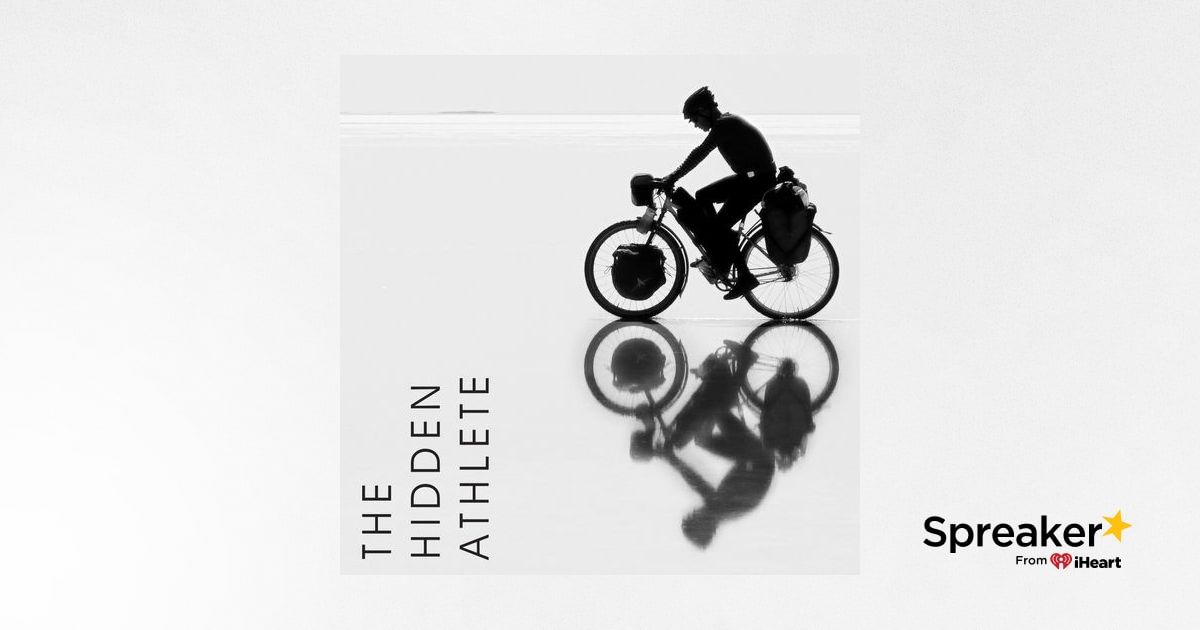


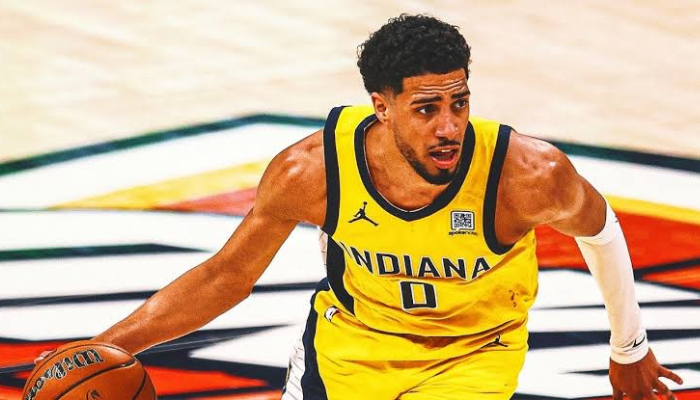
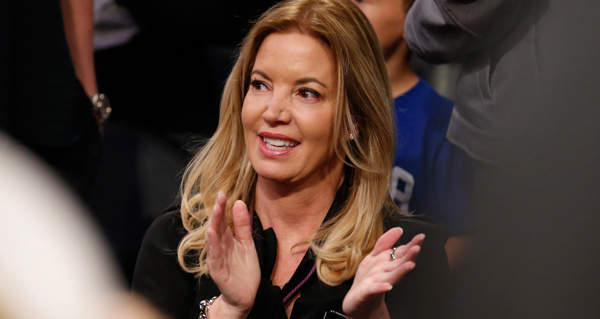


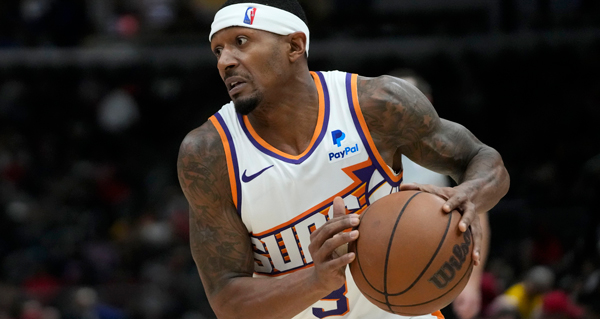
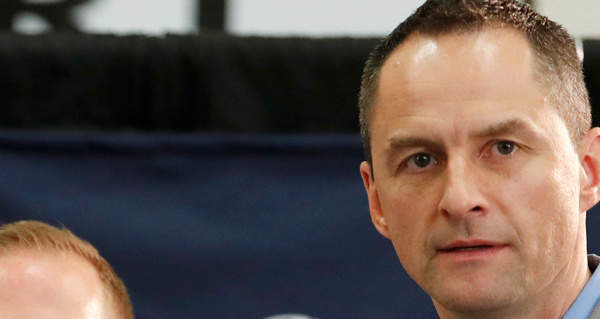
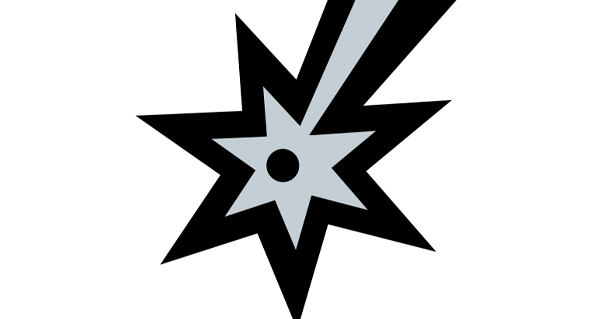

 English (US) ·
English (US) ·  French (CA) ·
French (CA) ·